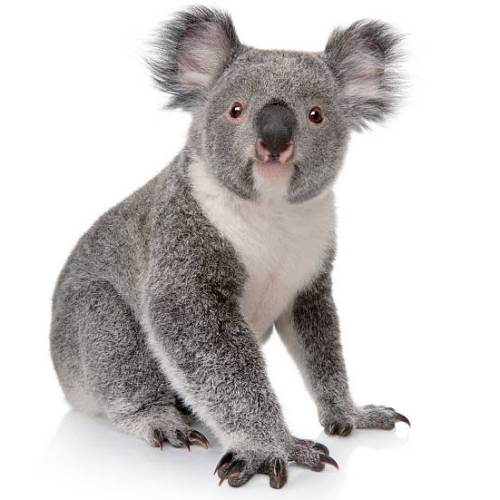Koalas reclassified and endangered
Australia’s Environment Minister has moved koalas from the vulnerable category to the endangered category in some parts of Australia due to thousands of them being killed in the Australian wildfires two years ago.
Koala numbers have declined in Queensland and New South Wales by up to 50% in the last twenty years due to environmental changes, land clearing for agricultural and urban development.
There is estimated to be between 50, 000 to 100.000 koalas left in the world.
It is hoped that the Australian government will protect the Koala’s critical habitat from land clearing, urban development and climate change. Conservation groups welcome the Koala’s status change to endangered, but hope that more will be done to help the species.
Because of its distinctive appearance, the koala is recognised worldwide as a symbol of Australia
Koalas live in the eucalyptus forests of south eastern and eastern Australia. When not sleeping, they’re usually eating. They rely on the eucalyptus tree for both habitat and food. Koalas can eat more than a pound of eucalyptus leaves a day. Eucalyptus is toxic, so the koala’s digestive system has to work hard to digest it, breaking down the toxins and extracting limited nutrients.
That’s why koalas sleep so much—they get very little energy from their diet. Tucked into forks or nooks in the trees, koalas may sleep for 18 to 22 hours.
Koalas are marsupials that carry their young in pouches that are backwards opening, toward the tail.
They are approximately 25 to 35 inches tall and weigh around 20 pounds. Their average lifespan in the wild is 20 years.
Their fur is more like a coarse wool and they have two opposing thumbs. They have two toes fused together of their feet.


